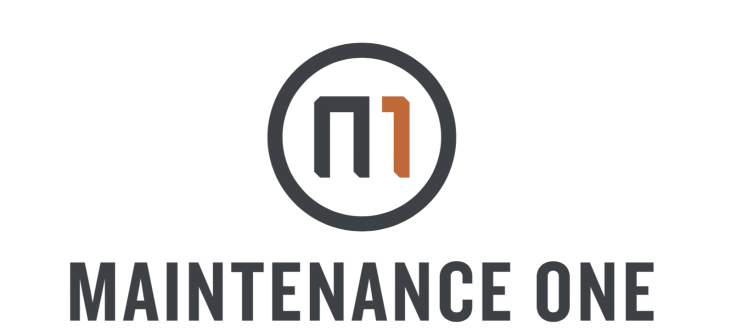Waste removal is quite often a part of your office janitorial services, but reducing personal paper waste is something every individual can and should make a concentrated effort to achieve. While there is nothing we can do about some documents that require filing and storing, there are many simple ways to work towards having as paper free a work environment as possible. Here are 4 steps you can take to help reduce the paper clutter that has to be removed from your workplace.
1. Sort
The first step to reducing paper clutter is to decide exactly which documents must be kept and which are headed for the waste bin. At this stage you are determining the final destination for all the paper that collects in various spots around the office.
There will be papers that must be filed for keeping and need to be easily accessed if and when necessary, such as tax documents, legal agreements etc. These will go in a pile for filing. If you’re ever in doubt as to whether or not a document is needed for official purposes, always file it away. Better to be safe than sorry, but don’t let it be an excuse to keep every piece of paper that crosses your desk!
Then there are those papers that should be kept for future reference but not for official purposes, such as advertising materials, brochures, business cards etc. and these will go in a pile for scanning.
And finally, there are those papers that have no further purpose and can be thrown away. These will go in a pile for the shredder. Now you’re ready to make those piles of paper disappear!
2. File
All documents in the “file pile” can now be filed away in appropriately labeled folders for quick access whenever necessary. Make it a habit to go through the filing cabinet at least once a year to determine if there are documents there that can be removed.
3. Scan
Investing in a good quality scanner for your computer is a must in order to reduce paper waste. Each of the documents in this “paper pile” can now be individually scanned into your computer and kept in a properly labeled folder on your desktop. You should also back up your scanned items on a memory stick or CD for safekeeping in case of a computer crash. A hard copy can always be printed again if needed, and the document is readily available at the click of your mouse for reading, editing or reference. Once scanned and electronically filed, these documents can now be moved to the shredder pile.
4. Shred
There are mobile shredding companies that will come to the workplace for shredding larger amounts of paperwork, bur individual paper shredders are inexpensive, easy to use, and will allow you to take care of paperwork yourself as you are finished with it. Once shredded, the paper is off your desk, into the recycle bin, and gone from the office!
If you liked this article, tell all your friends about it. They’ll thank you for it. If you have a blog or website, you can link to it or even post it to your own site (don’t forget to mention www.maintenance-one.com as the original source).
